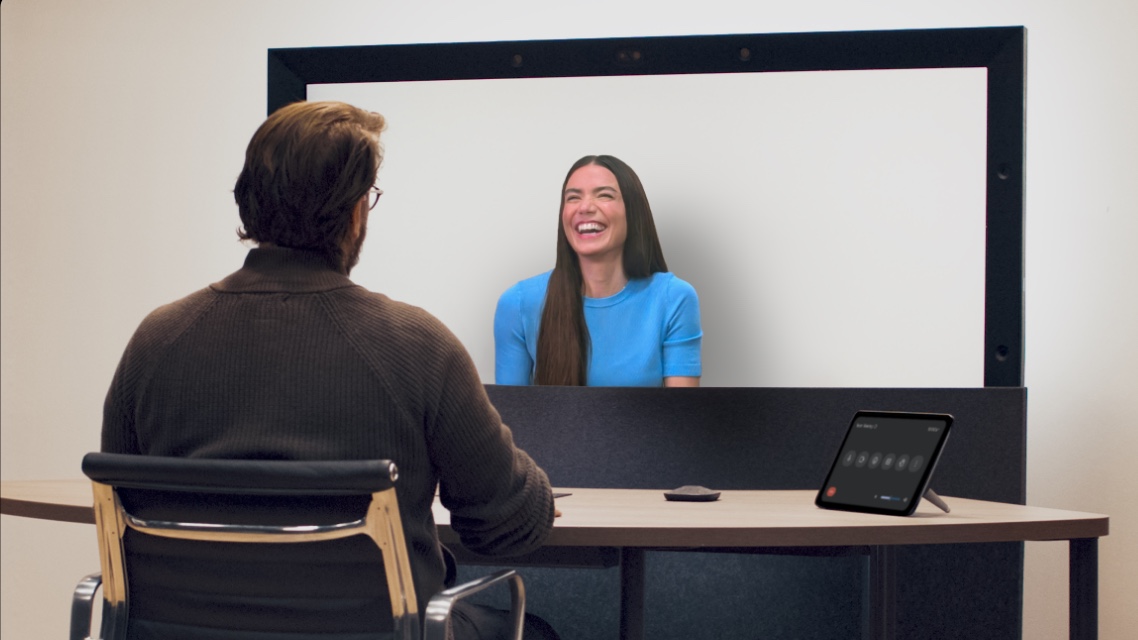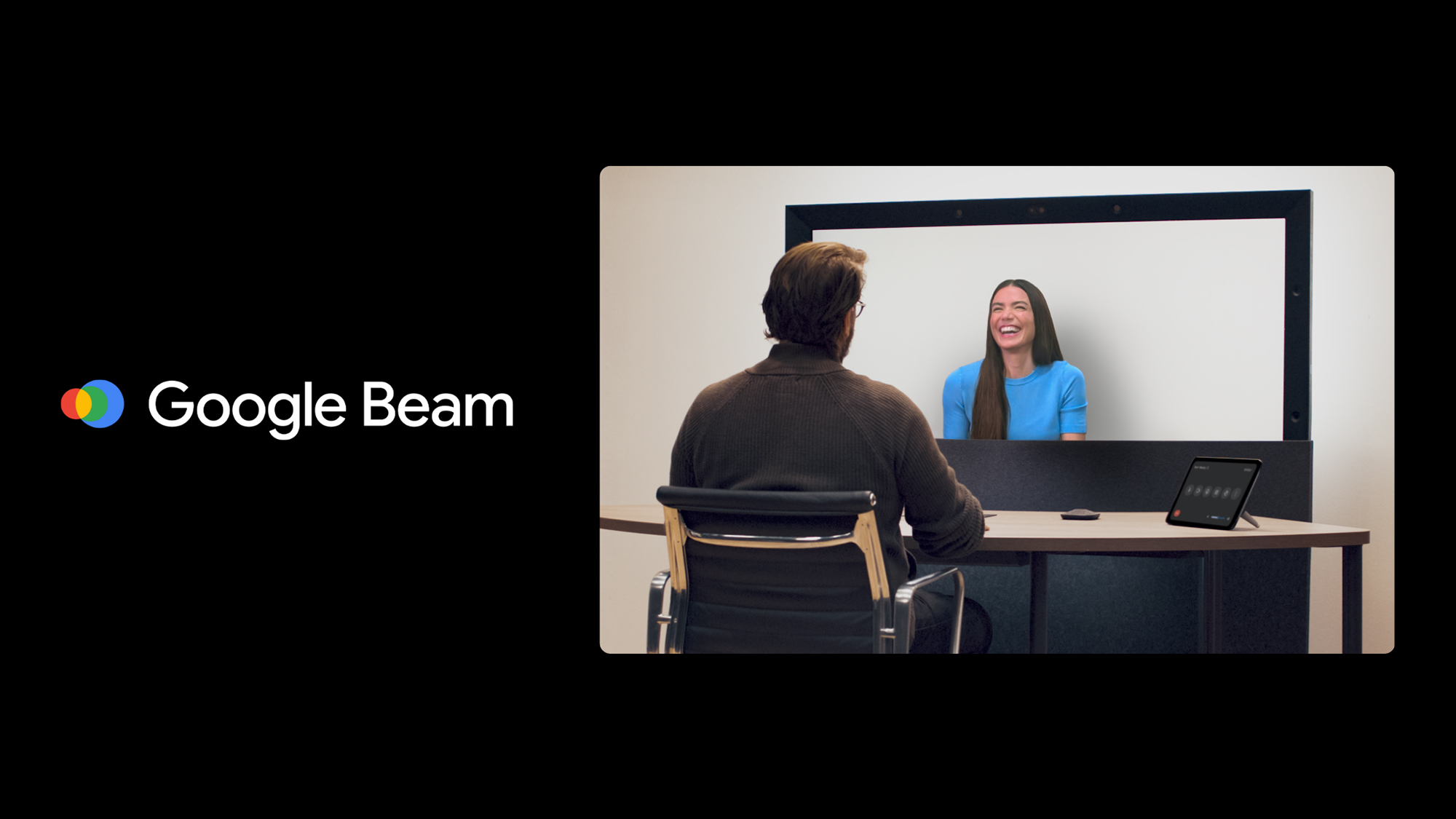GOOGLE BEAM LAUNCHES: A NEW ERA FOR 3D VIDEO CONFERENCING
Google has officially unveiled Beam, its groundbreaking 3D video conferencing platform, at Google I/O 2025, promising to redefine the way people connect remotely with immersive, lifelike interactions. Beam, an evolution of Google’s ambitious Project Starline, leverages advanced artificial intelligence and a sophisticated camera array to create three-dimensional, real-time avatars of participants—making virtual meetings feel as close to in-person as technology allows. The platform is set to roll out to select enterprise customers later this year, with a broader commercial launch expected soon after.
The launch of Google Beam marks a significant leap forward in remote communication technology, addressing many limitations of traditional video conferencing. Users often complain about the lack of eye contact, flat visuals, and the inability to read body language in standard video calls. Beam’s 3D avatars and volumetric display technology aim to overcome these barriers, making virtual meetings more natural and engaging.
Google’s investment in AI and machine learning has been pivotal in realizing Beam’s capabilities. The platform uses deep neural networks to reconstruct participants’ faces and expressions in real time, ensuring that even subtle emotions are accurately conveyed. This level of detail enhances empathy and understanding during conversations, which is especially valuable in sensitive discussions or negotiations.


FROM PROJECT STARLINE TO BEAM: THE TECHNOLOGY BEHIND THE MAGIC
Beam is built on years of research and development that began with Project Starline, first showcased at Google I/O 2021. Unlike traditional video calls, Beam uses a six-camera array and a custom light field display to capture and render participants from multiple angles, generating a volumetric 3D image in real time. Google’s AI-powered volumetric video model merges these feeds, producing a digital “hologram” that can track head movements down to the millimeter at 60 frames per second. This creates an uncanny sense of presence, allowing participants to make eye contact, read subtle facial cues, and engage in natural, deeply immersive conversations—no headsets or special glasses required.
Privacy and security have been central to Beam’s design. Google has implemented end-to-end encryption and strict data handling policies to protect users’ personal information and meeting content. Additionally, the platform processes much of the visual data locally on the device, minimizing the risk of sensitive information being transmitted or stored on external servers.
Beam’s compatibility with existing conferencing tools means organizations can integrate it seamlessly without disrupting their workflows. For example, a company using Google Meet can upgrade to Beam-enabled meetings for high-priority discussions or client presentations, while continuing to use standard video calls for routine communications. This flexibility is expected to accelerate adoption across industries.
AI AT THE CORE: REALISM, TRANSLATION, AND SEAMLESS INTEGRATION
The true power of Beam lies in its AI-driven features. The platform’s advanced algorithms not only create hyper-realistic 3D avatars but also enable real-time speech translation that preserves the speaker’s tone, voice, and expressions. At launch, Beam will support English and Spanish, with more languages to follow. Integration with Google Meet and other popular conferencing services like Zoom is built in, ensuring organizations can adopt Beam without overhauling their existing workflows. The system is cloud-powered, scalable for organizations of all sizes, and designed with enterprise-grade security and reliability in mind.
The educational sector stands to benefit immensely from Beam’s immersive experience. Virtual classrooms can become more interactive, allowing teachers to gauge student reactions and foster better engagement. Remote laboratories, group projects, and one-on-one tutoring sessions can all be enhanced by the platform’s lifelike presence, bridging the gap between physical and digital learning environments.
Healthcare is another field where Beam could have transformative effects. Telemedicine consultations can become more personal and effective, as doctors and patients interact in a 3D space that simulates face-to-face meetings. This can improve diagnosis accuracy, patient comfort, and adherence to treatment plans, especially for those in remote or underserved areas.


HARDWARE PARTNERSHIP: HP TO DELIVER THE FIRST BEAM DEVICES
To bring Beam to offices and conference rooms, Google has partnered with HP to produce the first commercial Beam-ready devices, set to ship later in 2025. These devices will feature the signature six-camera array, a large light field display, and a compact compute module running Chrome OS. The aim is to make Beam affordable and accessible, with Google promising pricing competitive with current high-end video conferencing solutions. HP will showcase these devices at the InfoComm 2025 Pro AV trade show, with early customers including Deloitte, Salesforce, Citadel, NEC, and Duolingo already lined up for pilot deployments.
Despite its promise, Beam faces challenges in terms of hardware requirements and accessibility. The need for specialized cameras and displays means initial deployments will be limited to well-funded enterprises and institutions. Google is actively working on reducing costs and developing more compact versions to make the technology accessible to smaller businesses and individual users in the future.
The environmental impact of deploying such advanced hardware at scale is also a consideration. Google has committed to using energy-efficient components and offsetting carbon emissions associated with manufacturing and operation. Sustainability remains a priority as the company expands Beam’s reach globally.
IMMERSIVE EXPERIENCE: HOW BEAM CHANGES REMOTE COLLABORATION
Beam’s immersive technology is designed to bridge the gap between remote and in-person communication. By capturing and rendering subtle gestures, eye contact, and body language, Beam enables participants to build trust, understanding, and rapport as if they were in the same room. Google CEO Sundar Pichai described Beam as “a very natural and deeply immersive conversational experience,” highlighting its potential to transform not just business meetings but also education, telemedicine, and creative collaboration.
User feedback from pilot programs has been overwhelmingly positive, with participants reporting a stronger sense of connection and reduced fatigue compared to traditional video calls. Early adopters praise Beam’s ability to make remote collaboration feel more like an in-person experience, boosting productivity and team cohesion.
Looking ahead, Google plans to continuously enhance Beam with features like augmented reality overlays, gesture recognition, and customizable virtual environments. These innovations could further blur the lines between physical and digital interactions, opening new possibilities for work, education, and socializing in the metaverse era.


ACCESSIBILITY AND FUTURE OUTLOOK: DEMOCRATIZING 3D VIDEO CALLS
While Beam’s initial rollout targets enterprise customers, Google’s long-term vision is to democratize 3D video conferencing for a broader audience. By making the technology more affordable and integrating it with mainstream platforms like Google Meet, Google aims to bring immersive remote communication to schools, healthcare providers, and even families separated by distance. The company is also investing in further AI enhancements, expanded language support, and new features to make Beam even more versatile and inclusive.
Google Beam’s entrance into the market is also expected to drive competition and innovation among other tech giants. Companies like Microsoft and Meta are likely to accelerate their own 3D and immersive communication projects, potentially leading to rapid advancements in the sector. This competitive environment could result in more affordable and diverse solutions for consumers and businesses alike, ultimately expanding the reach of immersive video conferencing worldwide.
Industry analysts believe that Beam’s integration with Google’s broader ecosystem, including Workspace, Calendar, and AI-driven productivity tools, will make it especially attractive for enterprise clients. The ability to schedule, join, and manage 3D meetings directly from familiar Google apps streamlines workflows and enhances user convenience. This seamless integration could set a new standard for how digital collaboration tools are designed and adopted.
MARKET IMPACT: COMPETITION AND THE NEXT FRONTIER OF VIDEO COMMUNICATION
The launch of Google Beam is expected to shake up the video conferencing market, challenging established players like Zoom, Microsoft Teams, and Cisco Webex with its futuristic, AI-powered approach. Industry analysts predict that Beam’s success could accelerate the adoption of 3D and volumetric video technologies across sectors, setting a new standard for what remote collaboration can achieve. The platform’s open architecture and integration capabilities may also inspire a wave of innovation from hardware and software partners worldwide.
Accessibility remains a core focus for Google as it develops Beam. The company has announced plans to introduce features such as real-time captioning, sign language recognition, and adaptive interfaces for users with disabilities. By prioritizing inclusivity, Google aims to ensure that Beam can empower a diverse range of users, regardless of their physical or technological limitations.
The cultural impact of Beam could be profound, particularly in a globalized world where remote work and international collaboration are increasingly common. Beam’s ability to foster genuine human connection across distances may help break down barriers, promote cross-cultural understanding, and enable more effective teamwork in multinational organizations.
Google’s commitment to ongoing research and user feedback means Beam will continue to evolve in response to real-world needs. Regular software updates, expanded language support, and partnerships with educational and healthcare institutions are all part of Google’s roadmap. This iterative approach is designed to keep Beam at the forefront of immersive communication technology.
As organizations and individuals adapt to new ways of working and connecting, Google Beam stands poised to become a transformative force. Its blend of cutting-edge AI, realistic 3D visuals, and user-centric design signals a new chapter in the story of digital communication—one where distance is no longer a barrier to meaningful interaction.
Follow: Apache Beam

